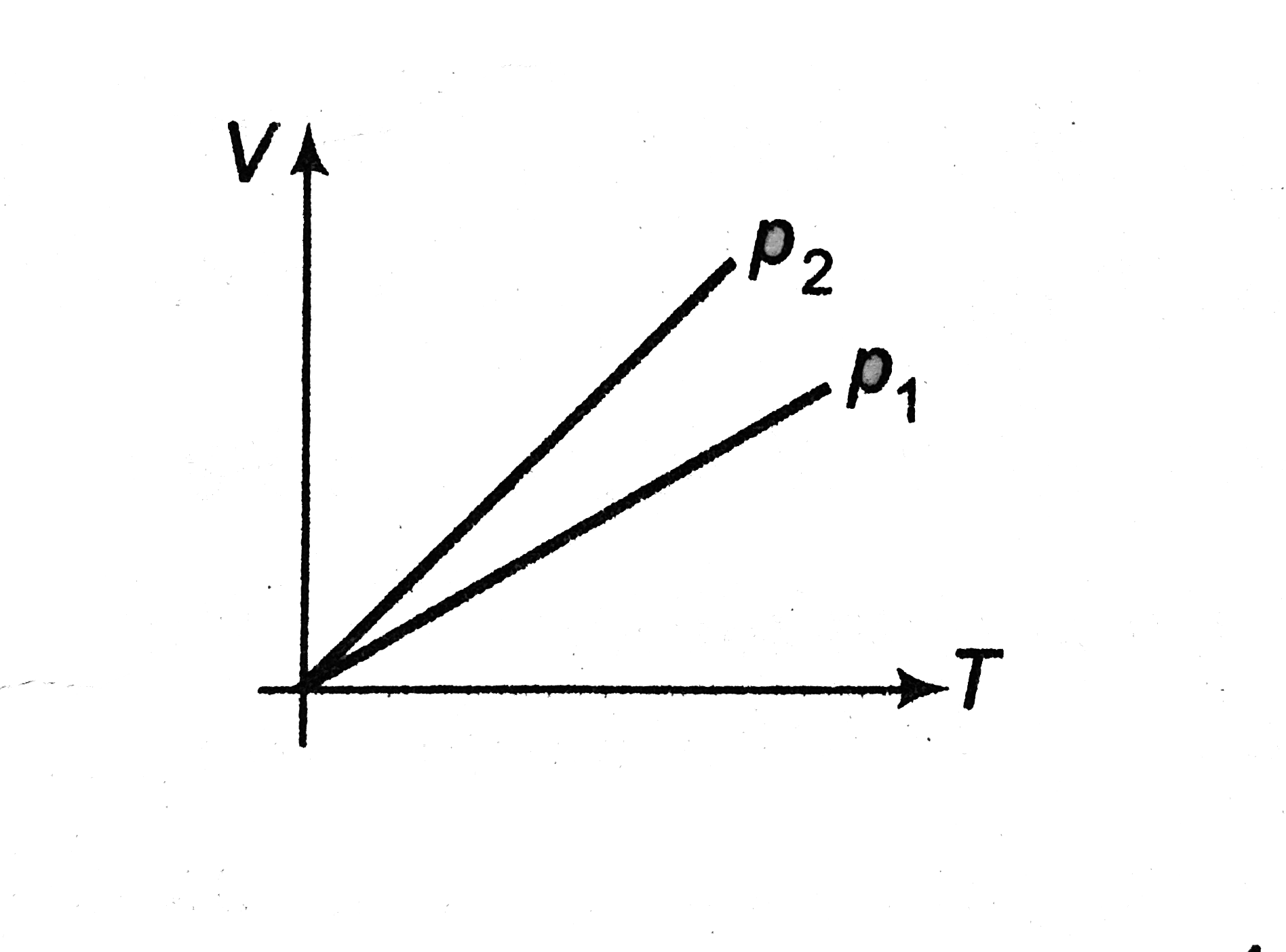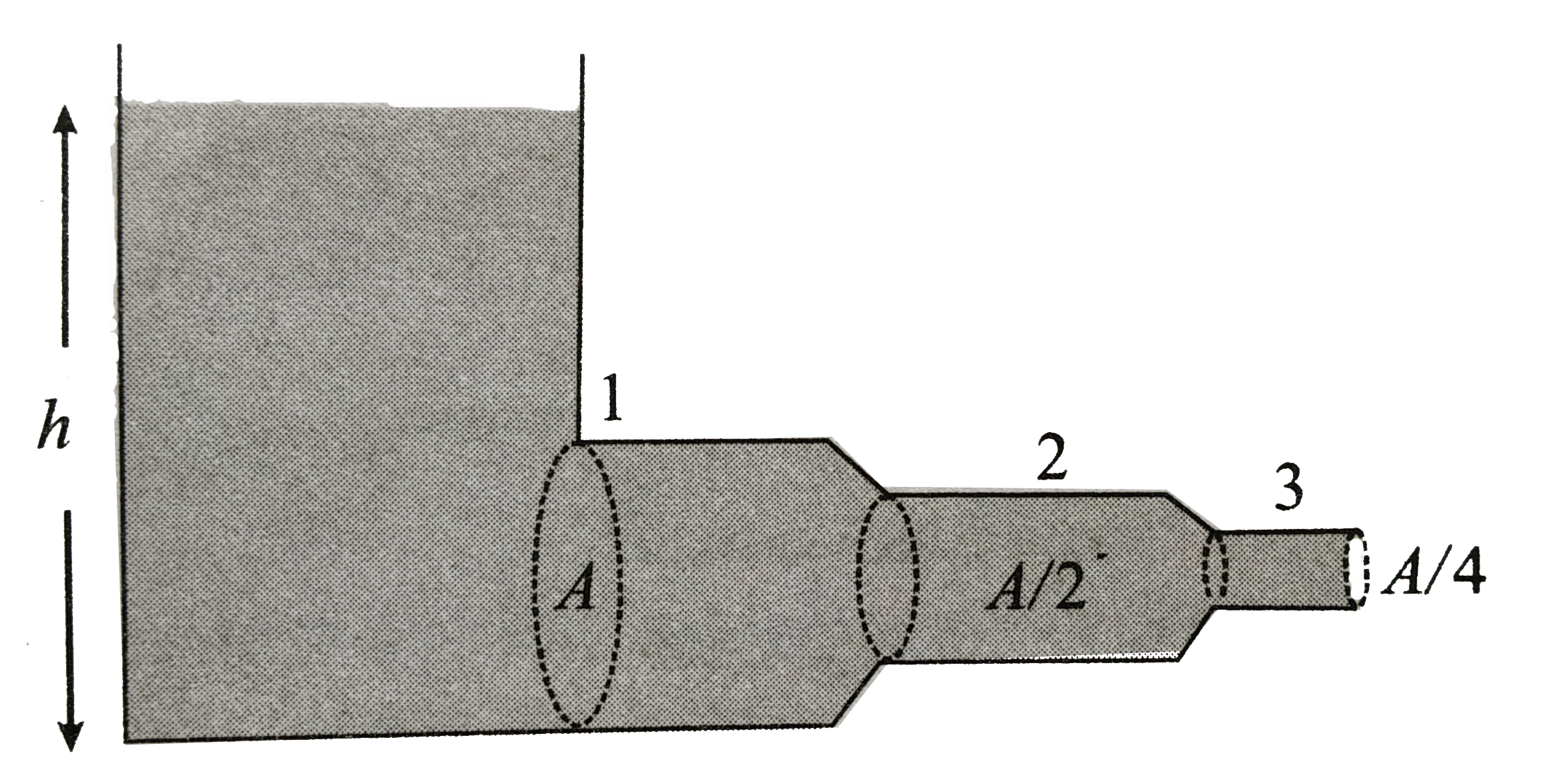The thrust developed by a rocket-motor is given by F=mv+A(P1−P2) where m is the mass of the gas ejected per unit time, v is velocity of the gas, A is area of cross-section of the nozzle, P1andP2 are the pressures of the exhaust gas and surrounding atmosphere. The formula is dimensionally
Correct
Wrong
Some time wrong, sometimes correct
Data is not adequate
The correct Answer is:A
To verify the dimensional consistency of the thrust formula F=mv+A(P1−P2), we will analyze the dimensions of each term in the equation.
1. Identify the dimensions of force (F):
- The dimension of force F is given by (F)=MLT−2 where:
- M = mass
- L = length
- T = time
2. Analyze the first term mv:
- Here, m is the mass flow rate (mass per unit time), and v is the velocity.
- The dimension of m (mass flow rate) is (m)=MT−1.
- The dimension of v (velocity) is (v)=LT−1.
- Therefore, the dimension of mv is:
(mv)=(m)(v)=(MT−1)(LT−1)=MLT−2
3. Analyze the second term A(P1−P2):
- A is the area of the nozzle, and its dimension is (A)=L2.
- P1 and P2 are pressures, and the dimension of pressure is (P)=ML−1T−2.
- The difference (P1−P2) has the same dimension as pressure, which is (P)=ML−1T−2.
- Therefore, the dimension of A(P1−P2) is:
(A(P1−P2))=(A)(P)=(L2)(ML−1T−2)=MLT−2
4. Combine the dimensions of both terms:
- Now we have:
(F)=(mv)+(A(P1−P2))=(MLT−2)+(MLT−2)=MLT−2
- Since both terms have the same dimension, we can conclude that:
(F)=MLT−2
5. Conclusion:
- The dimensions of both sides of the equation are equal, confirming that the thrust formula F=mv+A(P1−P2) is dimensionally consistent.
- The dimension of force F is given by (F)=MLT−2 where:
- M = mass
- L = length
- T = time
- Here, m is the mass flow rate (mass per unit time), and v is the velocity.
- The dimension of m (mass flow rate) is (m)=MT−1.
- The dimension of v (velocity) is (v)=LT−1.
- Therefore, the dimension of mv is:
(mv)=(m)(v)=(MT−1)(LT−1)=MLT−2
- A is the area of the nozzle, and its dimension is (A)=L2.
- P1 and P2 are pressures, and the dimension of pressure is (P)=ML−1T−2.
- The difference (P1−P2) has the same dimension as pressure, which is (P)=ML−1T−2.
- Therefore, the dimension of A(P1−P2) is:
(A(P1−P2))=(A)(P)=(L2)(ML−1T−2)=MLT−2
- Now we have:
(F)=(mv)+(A(P1−P2))=(MLT−2)+(MLT−2)=MLT−2
- Since both terms have the same dimension, we can conclude that:
(F)=MLT−2
- The dimensions of both sides of the equation are equal, confirming that the thrust formula F=mv+A(P1−P2) is dimensionally consistent.
Topper's Solved these Questions
- APPENDICES (REVISION EXERCISE)BOOK - AAKASH SERIESCHAPTER - APPENDICES (REVISION EXERCISE)EXERCISE - MOTION IN A STRAIGHT LINE
59 Videos
- APPENDICES (REVISION EXERCISE)BOOK - AAKASH SERIESCHAPTER - APPENDICES (REVISION EXERCISE)EXERCISE - MOTION IN A PLANE
87 Videos
- APPENDICES ( REVISION EXERCISE )BOOK - AAKASH SERIESCHAPTER - APPENDICES ( REVISION EXERCISE )EXERCISE - REVISION EXERCISE (MAGNETISM AND MATTER )
52 Videos
- ATOMSBOOK - AAKASH SERIESCHAPTER - ATOMSEXERCISE - PRACTICE EXERCISE
21 Videos
Similar Questions
Knowledge Check
The kinetic theory of gases gives the formula PV=13Nmv2 for the pressure P exerted by a gas enclosed in a volume V. The term Nm represents
Athe mass of a mole of the gasBthe mass of the present in the volume VCthe averatge mass of one molecule of the gasDthe total number of molecules present in volume V
For an ideal gas V−T curves at constant pressure P1 & P2 are shown in figure, from the figure
_E01_061_Q01.png)
View SolutionA 600 kg rocket is set for a vertical firing. If the exhaust speed is 1000 ms−1, the mass of the gas ejected per second to supply the thrust needed to overcome the weight of rocket is
View SolutionIn the given pressure-temperature (P−T) diagram, what is the relation between volumes V1 and V2 for a fixed mass of a gas?
View SolutionState whether (p1>p2orp2>p1) for given mass of a gas ?
 .
.
View SolutionA vessel of volume V is divided into two parts by a partition. The pressure of the gas in one part is p1 and that in the other part is p2. If the partition is removed find the pressure of the gas in the vessel.
View SolutionWrite the kinetic gas equation and express it as P=23E, where E is the kinetic energy per unit volume.
View SolutionAn ideal gas occupies a volume of 2m3 at a pressure of 3×106 p,a the energy of the gas is :
View Solution

